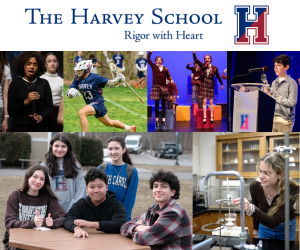 Although women pioneered the computer industry alongside men, they were and remain under-represented in this promising field. Empowering young women to shape society’s technological future on equal footing is what a computer camp can do for girls.
Although women pioneered the computer industry alongside men, they were and remain under-represented in this promising field. Empowering young women to shape society’s technological future on equal footing is what a computer camp can do for girls.
Astonishing Statistics
Computer camp directly addresses the large gender gap that exists today in technology and, in particular, in computer science. This gender gap has been widely discussed in recent years, as evidenced by some astonishing statistics. In the United States, 56% of Advanced Placement Calculus AB test-takers are female, but only 10% of computer science test-takers and 22% of Physics test-takers are female. The enrollment in AP Computer Science courses in Connecticut is mostly boys, while it is interesting to note that there is no apparent gender gap in the results of recent Connecticut Mastery Tests.
This suggests that girls do as well as boys in science and mathematics but do not elect a course of study in technology. Similar statistics are prevalent at computer camps coast to coast: 85% boys and only 15% of girls attend computer camps. This 15% figure carries forward to girls’ enrollment in high school AP computer science classes and then to engineering schools. More than ever, today’s young girls will grow up in a world where technology is tied to every political, social, and economic decision they make. Yet, they are not being prepared for it.
 Photo Courtesy of National Computer Camps, Inc.
Photo Courtesy of National Computer Camps, Inc.
Why Only 15% of Girls?
There is no simple answer – but there are some ways to change this statistic. Parental influence, opportunities, and priorities are definitely very important in channeling girls toward technology. Attendance at computer camp at an early age is another way to improve this statistic. Girls who attend computer camp enjoy it as much as the boys and do at least as well as the boys.
The Impact of Computer Camp
The long term effects of computer camp are to stimulate interest among girls in computer technology, to offer a suitable basis for subsequent study of computer science in high school and college, to stimulate interest among girls in careers in technology, to instill confidence in the girls that they can indeed learn technical concepts, and to help shape tomorrow’s female leaders in the field of technology.
This is all very important as we live in a technological world in which technology affects our environment, our standard of living, and our quality of life. The computer camp curriculum caters equally to girls’ and boys’ diverse interests, backgrounds, and ability levels. Instruction is offered in a wide range of subject matter, and campers select among a list of courses, namely: 2D and 3D video game design, digital video production, web page design, computer programming in several languages such as Java, C++, and Python, and software applications such as Flash animation, and Photoshop. Computer camp is where girls and boys arrive with a dream and leave with a future.

























